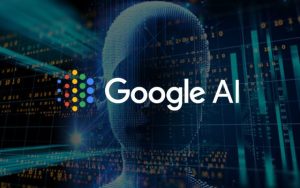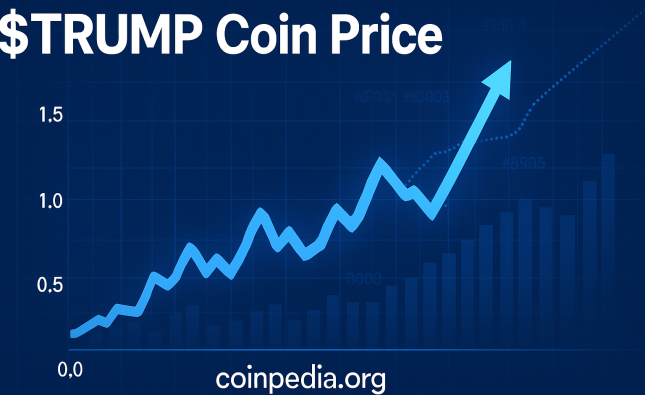
Google Gemini vs GPT-3.5 Turbo: A Comparison of Two Advanced Language Models
Google Gemini and GPT-3.5 Turbo are two of the most advanced and powerful language models available today. They are both capable of understanding and generating natural language or code, as well as following complex instructions or prompts. However, they also have different strengths and weaknesses, depending on the type and modality of the information they are dealing with. In this article, we will compare and contrast these two models, and explore their applications and implications for the field of artificial intelligence.
What is Google Gemini?
Google Gemini is a multimodal model that can handle different types of information, such as text, code, audio, images, and videos. It was developed by Google DeepMind, the same team behind AlphaGo, AlphaZero, and MuZero. Gemini was announced in December 2023 as their most capable and general model yet, surpassing previous models such as GPT-3 and CLIP.
Gemini can perform state-of-the-art across many leading benchmarks, such as MMLU (Massive Multitask Language Understanding), VQAv2 (Visual Question Answering), and DocVQA (Document Understanding). Gemini can also support instruction following, JSON mode, reproducible outputs, parallel function calling, and more. Gemini is designed to be a general-purpose model that can learn from any data and task, and adapt to new domains and challenges.

What is GPT-3.5 Turbo?
GPT-3.5 Turbo is a large language model that can understand and generate natural language or code. It was released by OpenAI, the research organization behind GPT-3, DALL-E, and Codex. GPT-3.5 Turbo is an improved version of GPT-3.5, which was itself an enhanced version of GPT-3.
GPT-3.5 Turbo has been optimized for chat using the Chat Completions API, which allows users to interact with the model in a conversational manner. GPT-3.5 Turbo also has improved instruction following, JSON mode, reproducible outputs, parallel function calling, and more. GPT-3.5 Turbo can generate longer texts than Google Gemini when given a fixed number of tokens, and can handle 4k tokens by reducing prompt size by up to 90% with fine-tuning instructions into the model itself. GPT-3.5 Turbo is designed to be a versatile model that can generate high-quality texts or code for various purposes and domains.

How do they compare?
One of the main differences between Google Gemini and GPT-3.5 Turbo is their ability to deal with multimodal information. Gemini can reason across different modalities, such as text, code, audio, images, and videos, and combine them in meaningful ways. For example, Gemini can answer questions about images better than GPT-3.5 Turbo can answer questions about text or code. Gemini can also generate more coherent and consistent outputs than GPT-3.5 Turbo when given complex instructions or prompts that involve multiple modalities. Gemini can leverage its multimodal understanding to perform tasks that require cross-modal reasoning, such as image captioning, video summarization, audio transcription, and more.
Another difference between Google Gemini and GPT-3.5 Turbo is their scalability and efficiency. Gemini is a much larger model than GPT-3.5 Turbo, with over 1.5 trillion parameters, compared to GPT-3.5 Turbo’s 175 billion parameters. Gemini also requires more computational resources and data to train and run, making it more expensive and less accessible than GPT-3.5 Turbo. GPT-3.5 Turbo, on the other hand, is more optimized and streamlined than Gemini, making it faster and cheaper to use. GPT-3.5 Turbo can also handle longer texts than Gemini when given a fixed number of tokens, and can reduce the prompt size by up to 90% with fine-tuning instructions into the model itself, making it more efficient and flexible than Gemini. GPT-3.5 Turbo can leverage its scalability and efficiency to generate high-quality texts or code for various purposes and domains, such as chat, blogging, coding, and more.
What are their applications and implications?
Google Gemini and GPT-3.5 Turbo are both impressive models that have different capabilities and use cases. Depending on your needs and preferences, you may find one model more suitable than the other for your applications. For example, if you need a model that can handle multimodal information and perform cross-modal reasoning, you may prefer Google Gemini. If you need a model that can generate longer texts or code and be more scalable and efficient, you may prefer GPT-3.5 Turbo.
However, these models also have some limitations and challenges that need to be addressed. For example, both models may suffer from data quality and bias issues, as they rely on large amounts of data that may not be representative or accurate. Both models may also pose ethical and social risks, as they can be used for malicious or harmful purposes, such as misinformation, manipulation, or plagiarism. Both models may also raise questions about the nature and future of human intelligence, creativity, and communication, as they can mimic or surpass human abilities in some domains.
Therefore, it is important to use these models responsibly and critically, and to be aware of their potential and pitfalls. It is also important to keep exploring and improving these models, and to foster collaboration and innovation among researchers, developers, and users. Google Gemini and GPT-3.5 Turbo are not the end of the road, but rather the beginning of a new era of artificial intelligence.










